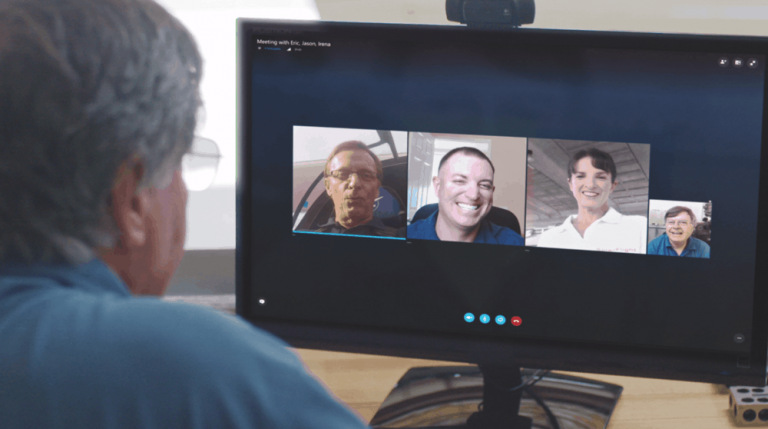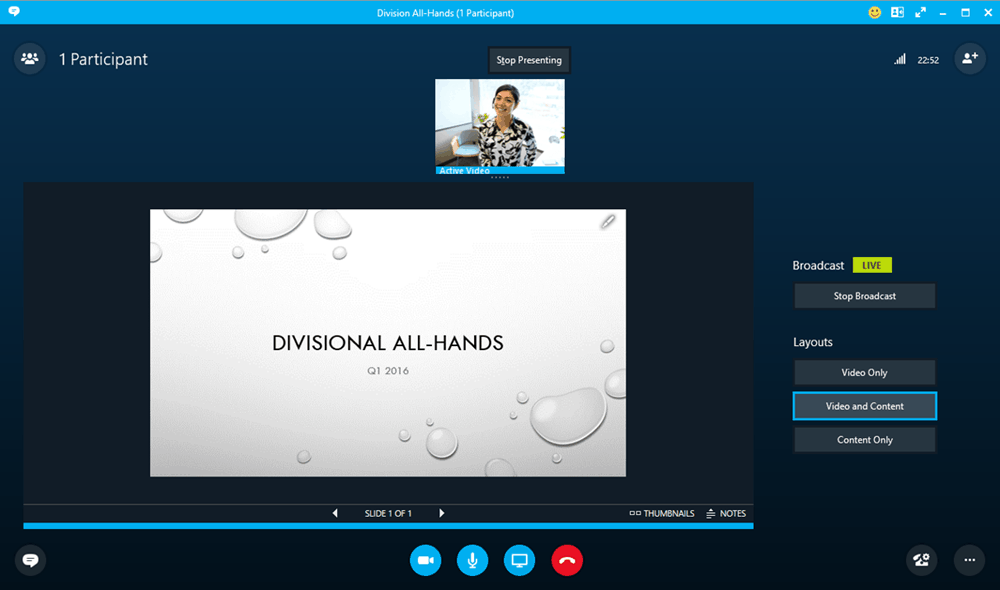It is important as a business to be able to communicate clearly. With newer technologies, language has become less of a hurdle for global businesses to become successful. At the World Partner Conference, Microsoft introduced upcoming changes to Skype for Business that will break down those language barriers through automatic transcription and translation. Skype Meeting Broadcast will have these services provide a live version of closed captioning during presentations and let the users choose their preferred language to join in.
Skype Meeting Broadcasts will have these services provide a live version of closed captioning during presentations and let the users choose their preferred language to join in. Up until now, broadcasts and webinars would only be available in the language that the presenter was speaking in. Using the transcription and translation tools will let many other watches and listeners be able to understand presentations foreign to them, expanding the reach of global businesses in a more intimate way. Hearing impaired will also benefit by having the closed captions in real time.
This expansion is similar to the Skype Translator which was already rolled out last year. While Microsoft hasn’t said how many languages the Skype Meeting Broadcast translator will cater to, it’s bound to be at least those that Skype Translator already supports, if not more.
Skype for Business is also receiving a major update to their PSTN services. Conferencing will now be available to more customers globally. The addition of Venezuela, Uruguay, Vietnam, and Kenya this month puts it up to an impressive 92 countries. On top of that, both UK and US are now able to use the inbound, outbound, voicemail, phone numbers, and calling plans through the new setup.
There isn’t an official release date for the Skype Meeting Broadcast translation and transcription. However, according to Microsoft’s summary blog post, the feature is expected to go live by the end of the calendar year.



